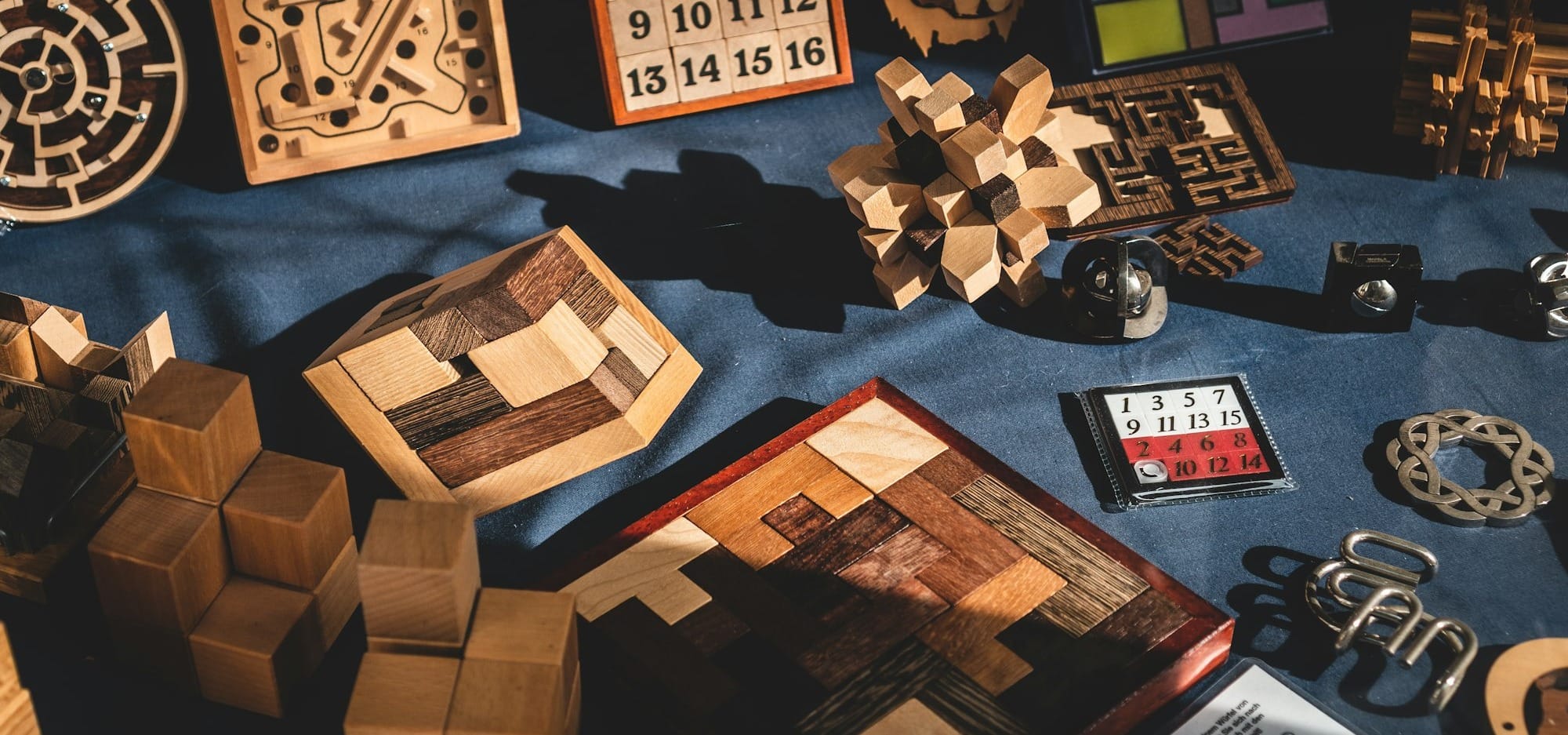"Story" as a Puzzle
Exploring the Hidden Patterns That Make Stories Work

Story as Puzzle: The Art of Solving Narratives
Why do we tell stories? And why do we love them? One possible answer is that stories are puzzles—intricate designs of meaning waiting to be unlocked. When we read a book, watch a movie, or listen to a tale, we are engaging in a process of solving. We piece together information, infer connections, and anticipate what comes next. A well-told story rewards us with the satisfaction of insight, much like solving a riddle or cracking a code.
The Structural Puzzle
Every story is built on a structure, an underlying framework that holds it together. Whether it’s the classic three-act structure, the Hero’s Journey, or more experimental forms, there’s a pattern beneath the surface. Understanding this structure helps us see the machinery at work—how tension is built, how conflicts unfold, and how resolution brings meaning.
For writers, crafting a story is like setting up a puzzle for the audience to solve. Clues are placed along the way—foreshadowing, symbolism, character arcs—all leading to a moment of revelation. Some stories lean into this explicitly, like mysteries and detective fiction, while others embed their puzzles more subtly in themes and subtext.
As readers and analysts, we can train ourselves to recognize these patterns. By dissecting a story’s structure, we gain insight into the writer’s choices and techniques. Why does a particular reveal work so well? How does tension escalate at just the right moments? Breaking down these elements allows us to internalize effective storytelling methods, making it easier to craft compelling narratives of our own.
The Cognitive Puzzle
From a cognitive perspective, our brains are wired to seek patterns and make sense of incomplete information. Stories exploit this instinct. A great narrative engages us by providing just enough information to keep us guessing, making us active participants in the process. When we grasp a story’s deeper meaning—when a twist clicks into place, when a character’s actions suddenly make sense—we experience a moment of intellectual and emotional reward.
As a writer, understanding how readers process information can be a powerful tool. How do you balance mystery with clarity? When do you reveal key details to maximize impact? Readers thrive on uncertainty and resolution; knowing how to pace revelations can keep them engaged. Studying how stories manipulate expectation—through red herrings, foreshadowing, and dramatic irony—can help a writer craft more engaging narratives that feel both surprising and inevitable.
This is why ambiguous, or open-ended stories linger in our minds. They are puzzles that resist easy solutions, inviting us to keep turning the pieces over long after the final page or closing scene. Analyzing how stories create this lingering effect can help us as writers design narratives that leave a lasting impact.
The Philosophical Puzzle
Beyond structure and cognition, stories also challenge us philosophically. They pose ethical dilemmas, explore human nature, and question reality itself. In this sense, a story isn’t just a puzzle—it’s a problem to be worked through. The best stories don’t just give us answers; they force us to ask better questions.
For readers seeking to deepen their analytical skills, engaging with a story’s themes and subtext is key. What is the story really about beneath the plot? How do the characters and conflicts reflect larger truths about the world? Analyzing stories at this level enhances not only comprehension but also our ability to weave meaningful themes into our own writing.
Think of the narratives that have stuck with you the longest. Chances are, they left you with something unresolved—an idea to wrestle with, a new way of seeing the world. These are the puzzles worth solving, both as readers and as creators.
Becoming a Better Storyteller Through Analysis
At Solving Stories, we embrace the idea that stories are more than just entertainment; they are intellectual and emotional challenges that shape how we understand the world. By exploring how stories function as puzzles—structurally, cognitively, and philosophically—we can become better readers, better writers, and better thinkers.
For those who want to craft compelling narratives, analyzing existing stories is one of the best ways to sharpen storytelling instincts. Break apart your favorite stories, map out their structures, and consider how they guide reader expectations. Pay attention to how they surprise, challenge, or emotionally move you. Each analysis is another piece of the puzzle, helping you construct more powerful and engaging stories of your own.
So, what stories are you currently solving? And what puzzles still keep you up at night?